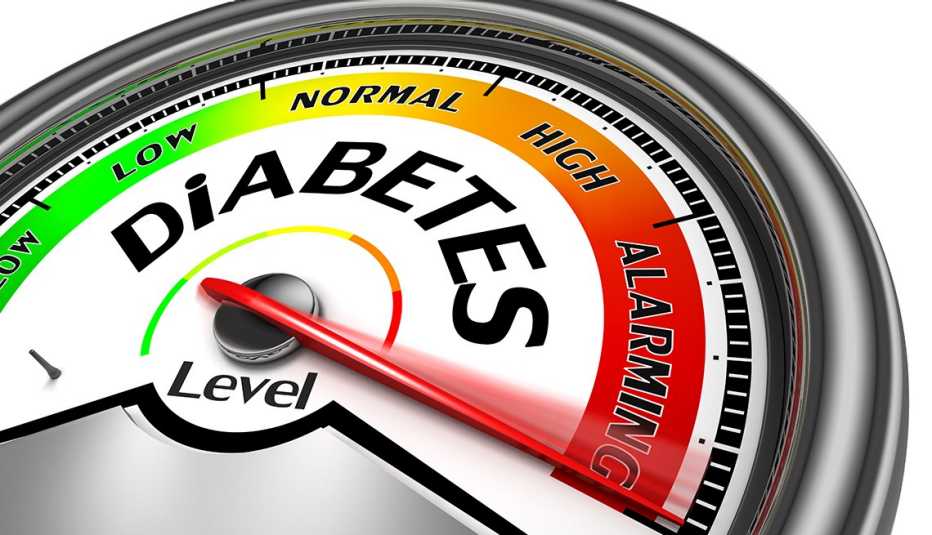AARP Hearing Center


There’s a reason nearly 90 percent of people with prediabetes don’t realize they even have it: Symptoms can be hard to spot when your blood sugar is higher than it should be but not high enough for a diabetes diagnosis. Some people in this precursor stage experience increased thirst, frequent urination, fatigue or blurred vision — which are also signs of full-fledged diabetes. But more often than not, there are no clear signs. That’s why it’s important to be aware of the major risk factors for prediabetes and diabetes.
You’re overweight
Almost nine in 10 adults in the U.S. with diagnosed diabetes are overweight or obese, according to the Centers for Disease Control and Prevention (CDC). Research suggests why: One large study of more than 77,000 people with prediabetes, published in The Permanente Journal, found that the raises your risk for diabetes increased with increasing blood sugar levels and body mass index (BMI).
So it was no surprise when the U.S. Preventive Services Task Force, a panel of experts in disease prevention and evidence-based medicine, last week tweaked its recommendation on screening for diabetes: People who are overweight (meaning a BMI between 25 and 30) or obese (a BMI of 30 or more) should be screened for type 2 diabetes and abnormally high blood sugar levels beginning at age 35, rather than age 40, which was its previous recommendation.
The revised guidelines, reported in the Journal of the American Medical Association, suggested that health care providers consider screening overweight and obese patients at an even earlier age if they also have a family history of diabetes, a personal history of conditions like gestational diabetes, or if they are Black, Hispanic, Native American, Alaska Native or Asian American.
(For more on the link between diabetes and ethnicity, see “How Race Factors In.”)
One recent study, published in the journal Diabetologia, suggests that a high body mass index raises your risk for diabetes regardless of whether you have a genetic predisposition. Compared with people of normal weight, study participants who were overweight (meaning their BMI was between 25 and 30) were almost two and a half times more likely to develop diabetes. Obese participants (a BMI of 30 or more) were six times as likely.
“Although COVID-19 is a pandemic, overweight/obesity is becoming the most common chronic disease ‘pandemic’ in the world,” says Robert Eckel, professor of medicine emeritus at the University of Colorado School of Medicine Anschutz Medical Campus and immediate past president of the American Diabetes Association (ADA). “Obesity is the most important predictor of new onset type 2 diabetes.”
But it isn’t just BMI that figures in; where you carry your weight also makes a difference. “Fat around the waist — an apple shape — is uniquely dangerous for developing diabetes and other chronic illnesses such as heart disease and kidney failure,” says Mercedes Carnethon, professor and vice chair of the Department of Preventive Medicine at the Northwestern University Feinberg School of Medicine. “Fat in the waist region is described by scientists and doctors as being ‘metabolically active’ — meaning that central fat releases hormones and other biological substances that target and damage the organs and blood vessels that contribute to diabetes and other chronic illnesses.”

































































More From AARP
6 Things You Need to Know About Prediabetes
The more you know — beyond how it's ‘not quite’ diabetes — the better you can protect yourselfThe New Pros and Cons of Intermittent Fasting
Research shows it won't work for everyone. But could it help you lose a few pounds? MaybeWhat to Steal From Keto, Paleo and Other Trendy Diets
Experts sort through the fads to see what really helps you lose weight